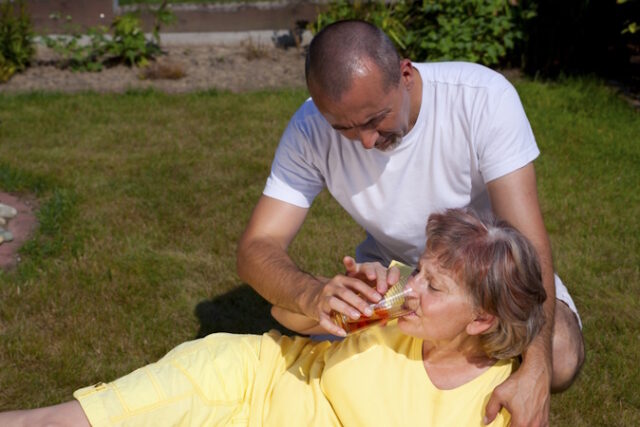
Last month was not only the hottest May on record, it was the 12th month in a row to earn such a distinction. But was it “stickier”?
A study published in May in The Journal of Atmospheric Sciences proposes a new term to measure heat, one that may feel familiar: “stickiness.” Catherine Ivanovich, a climate scientist and Ph.D. candidate at Columbia University and lead author of the study, says that this new stickiness calculation combines several measurements of humidity and temperature. The goal is to determine which factor has the biggest influence on a hot day, the temperature measured by a thermometer or the moisture present in the air.
As climate scientists, meteorologists and public health officials grapple with record-breaking temperatures, they’re also exploring new ways of measuring extreme heat and new ways of communicating its risks.
We know that climate change increases the frequency, intensity and longevity of heat waves. And extreme heat is often striking earlier in the year.
On Sunday, at a rally for former President Donald Trump in Las Vegas, nearly 100 people crowded into cooling tents, sheltering from triple-digit temperatures, and six were taken to a local hospital, according to the Clark County Fire Department. Similar scenes have been playing out in heat waves across India, in Mexico and throughout the Western United States.
Isolating the geographic and atmospheric factors that contribute to different types of heat is important because not all heat is created equal. In arid climates, like the Southwest United States, dry heat allows for more perspiration, which helps cool the body. In more humid climates, like the Southeast, where more moisture crowds into the air particles, it’s harder for sweat to evaporate, which makes it harder to cool off.
The heat index, which is humidity combined with air temperature, gives us a good idea of what the air feels like outside. But a new stickiness measure could be even more specific. For example, it could help us determine how much of today’s expected high of 97 degrees Fahrenheit in Reno, Nev., is influenced by temperature and how much is influenced by humidity.
The composition of heat matters because extreme humid heat tends to be more dangerous than extreme dry heat, Ivanovich said. “Extreme humid heat is a local phenomenon that needs a personalized or localized way for addressing it,” she said. “It’s not one size fits all.”
Disclaimer
The information contained in South Florida Reporter is for general information purposes only.
The South Florida Reporter assumes no responsibility for errors or omissions in the contents of the Service.
In no event shall the South Florida Reporter be liable for any special, direct, indirect, consequential, or incidental damages or any damages whatsoever, whether in an action of contract, negligence or other tort, arising out of or in connection with the use of the Service or the contents of the Service. The Company reserves the right to make additions, deletions, or modifications to the contents of the Service at any time without prior notice.
The Company does not warrant that the Service is free of viruses or other harmful components












